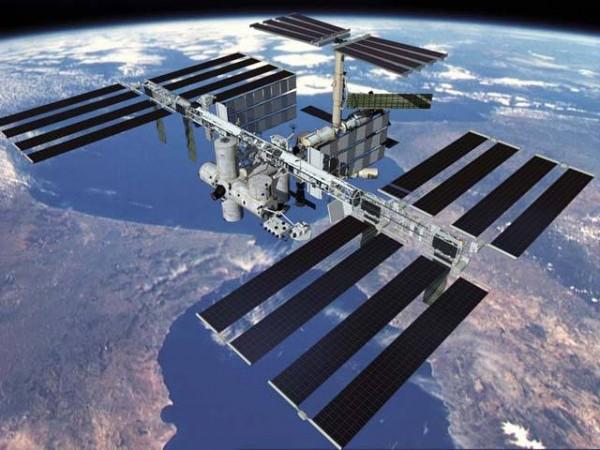
NASA is monitoring microbes present on the International Space Station (ISS) on a regular basis. The samples of these microorganisms are collected from the ISS and other spacecraft for analysis every few months.
Also Read: NASA's Juno Mission: 7 things to know about the space probe orbiting Jupiter
"Once every three months, we sample from two locations in each module of the U.S. segment of the station," says Mark Ott, a microbiologist at Johnson Space Center.
The cargo sent to the space station and the vehicle that carries them undergo the process of being cleaned thoroughly. Also, they are monitored for microbes prior to the launch. The crew members assigned to the ISS also spend 10 days in pre-flight quarantine.
Fungi and bacteria are present wherever humans are and microorganisms found on ISS were also found to be similar to those found on Earth.
The microbes on ISS are also monitored by Roscosmos, Ott stated. The accumulated samples of the microbes are separated into the categories of bacteria and fungi. These samples are sent to Earth where the microbes are identified by the researchers. At times some detected microorganisms were believed to be hazardous to health, but they were later found to be harmless.
"We should be investigating new and different ways of monitoring spacecraft for microorganisms," says Ott.
"But we must be careful when we interpret the results. NASA has and continues to closely monitor the International Space Station to ensure it provides a safe and healthy environment for our astronauts," he added.
The effect of long—term space travel is also being conducted by NASA. So, the space agency is collecting samples from different locations on ISS from astronauts to find out the impact of space travel on a human's immune system and microbiomes.
NASA has joined hands with the Sloan Foundation to carry out this research and examine the microbial environment of the space station to learn more about the colonisation evolution and adaptation of these microbes in space, according to Science World Report.





!['Had denied Housefull franchise as they wanted me to wear a bikini': Tia Bajpai on turning down bold scripts [Exclusive]](https://data1.ibtimes.co.in/en/full/806605/had-denied-housefull-franchise-they-wanted-me-wear-bikini-tia-bajpai-turning-down-bold.png?w=220&h=138)



